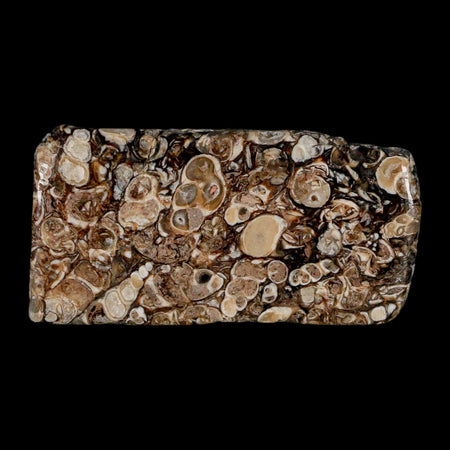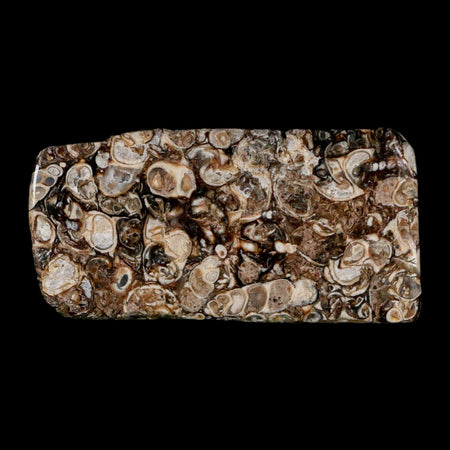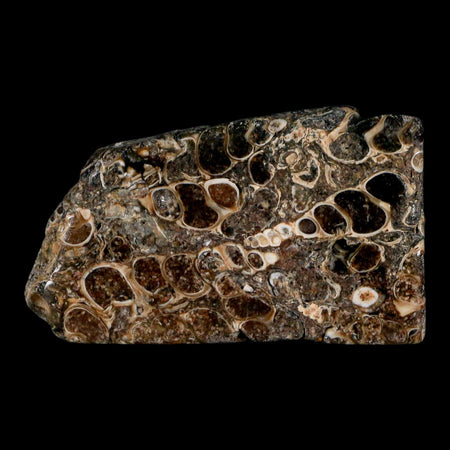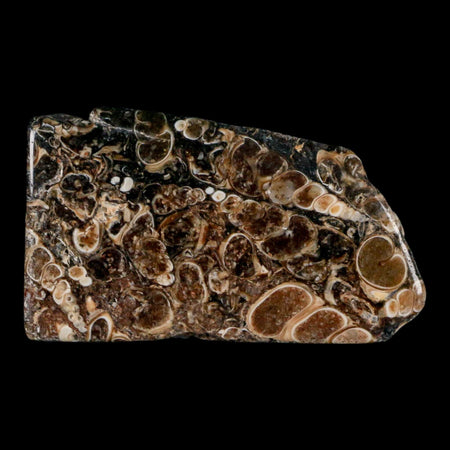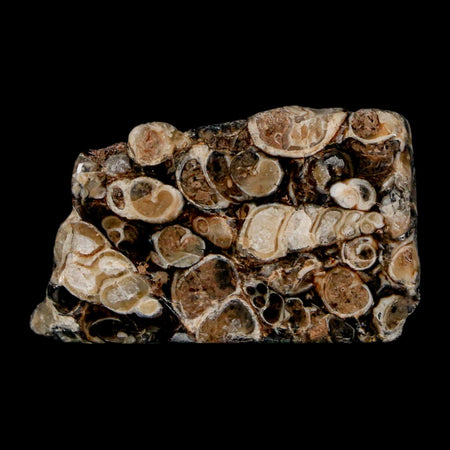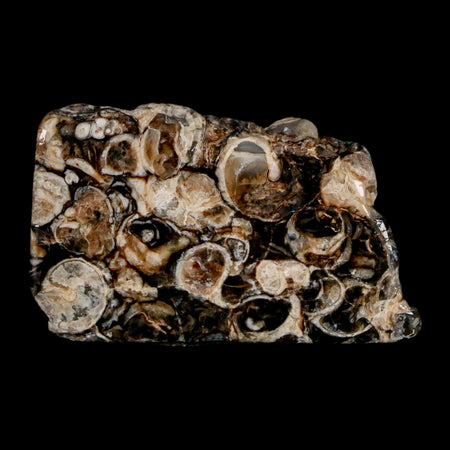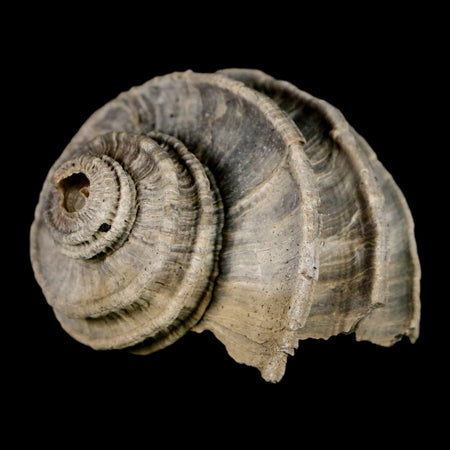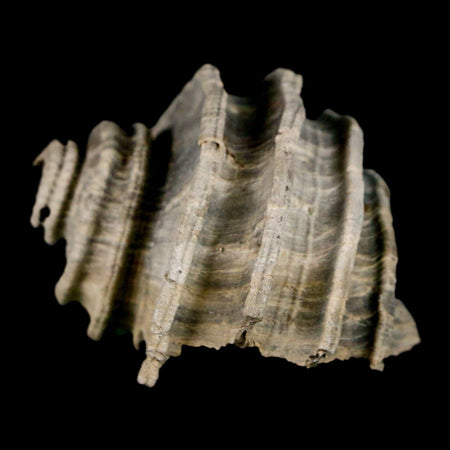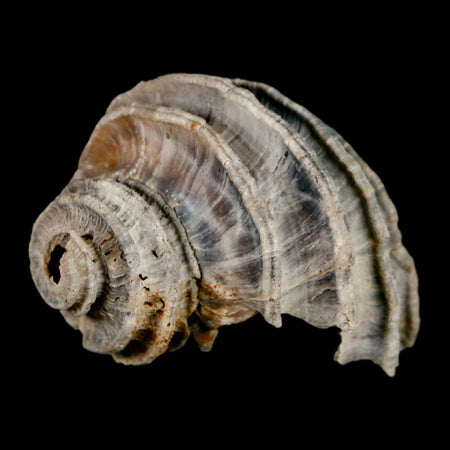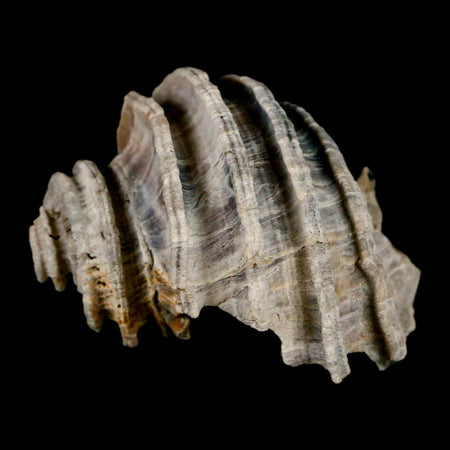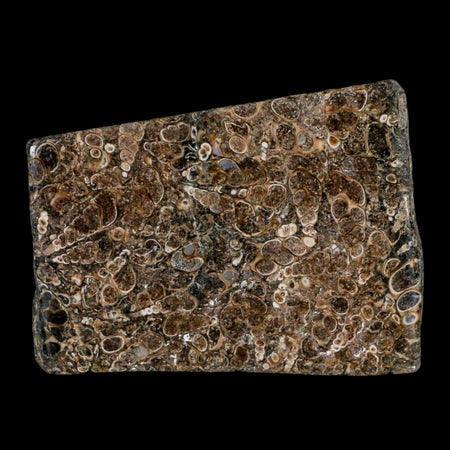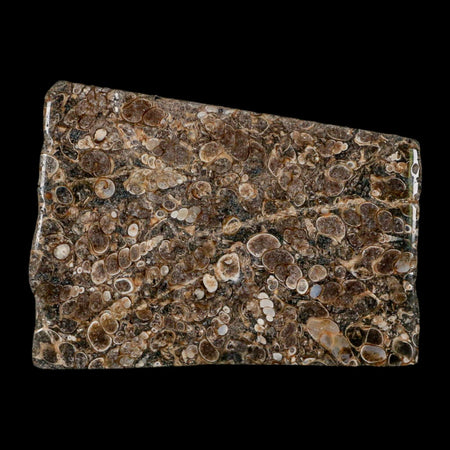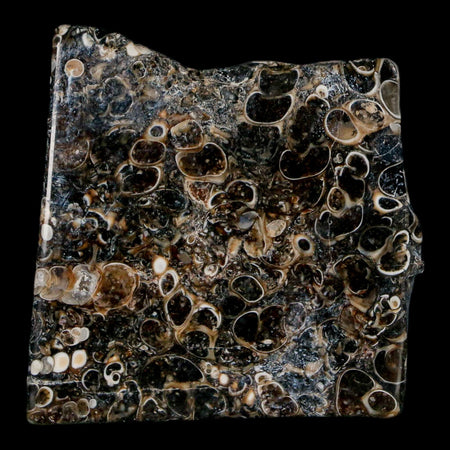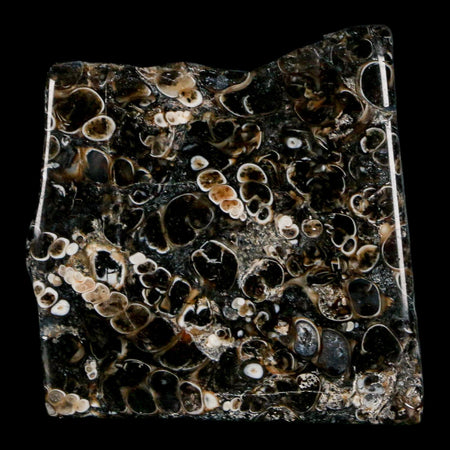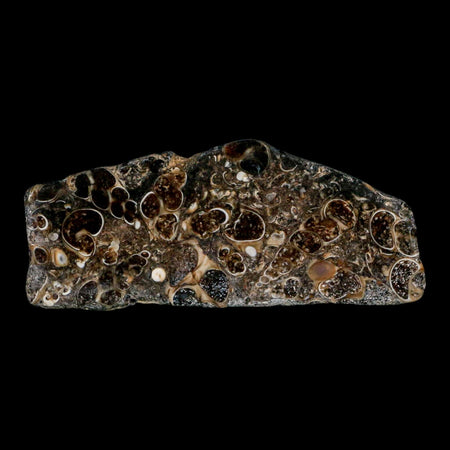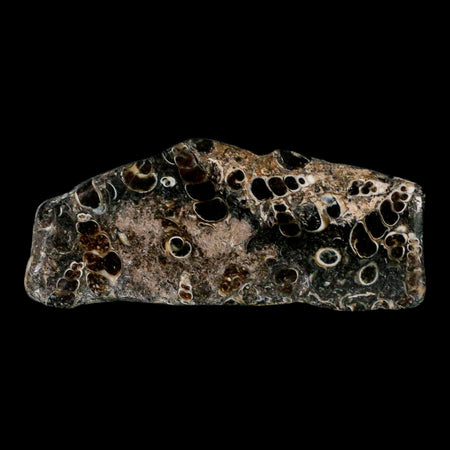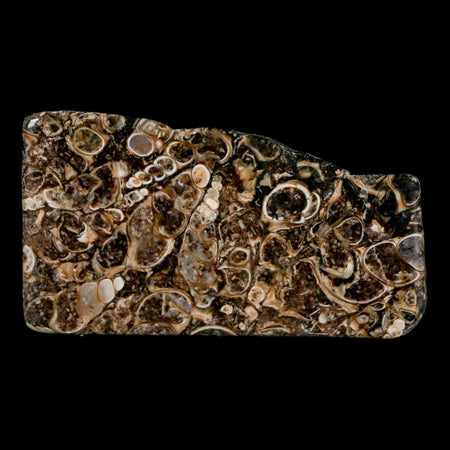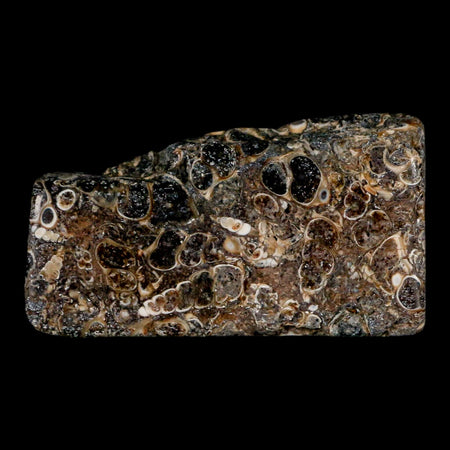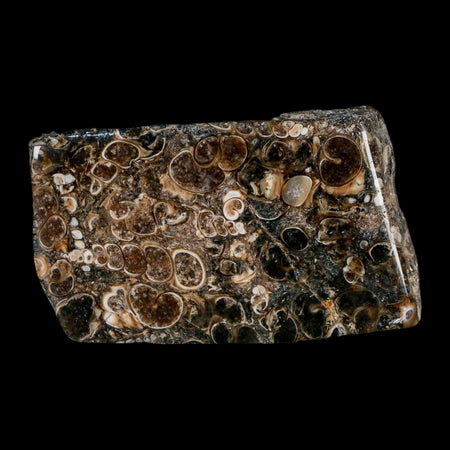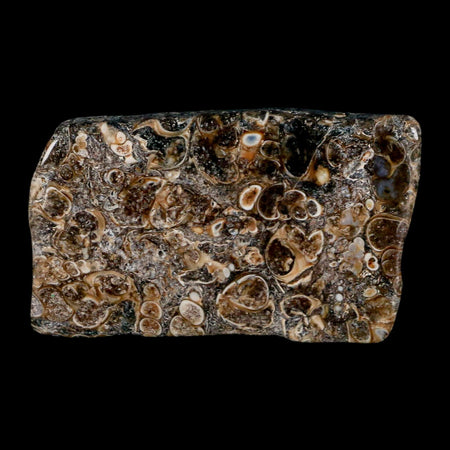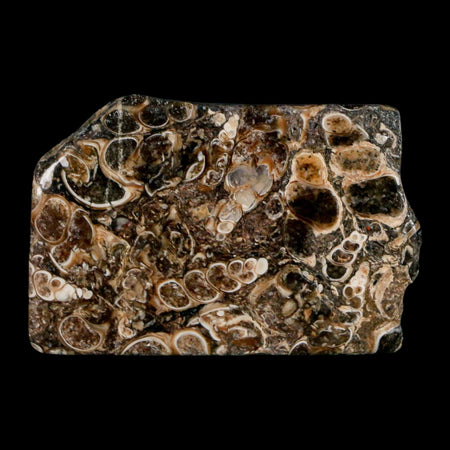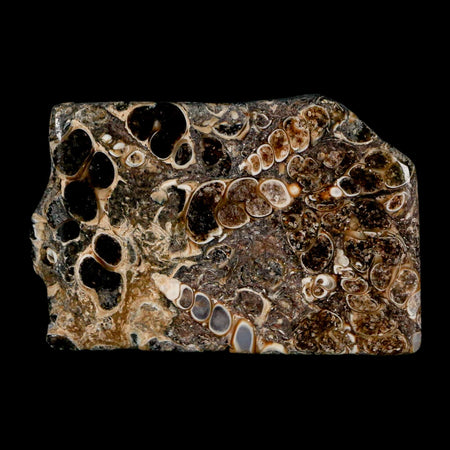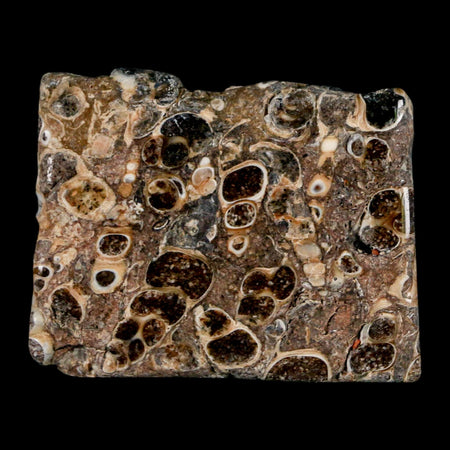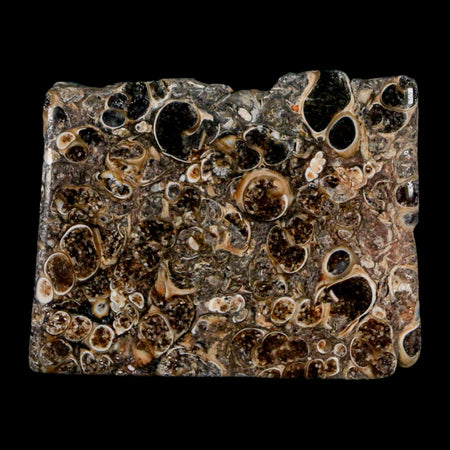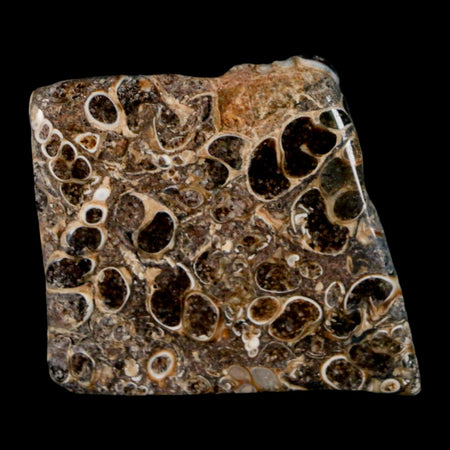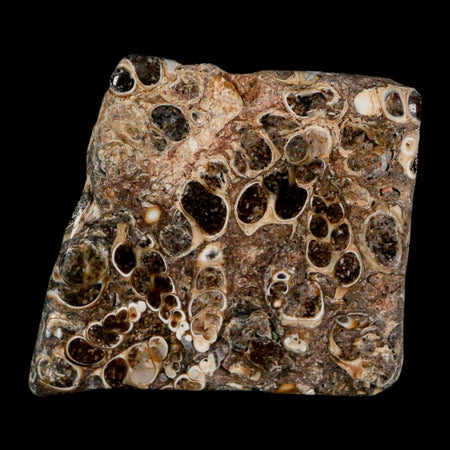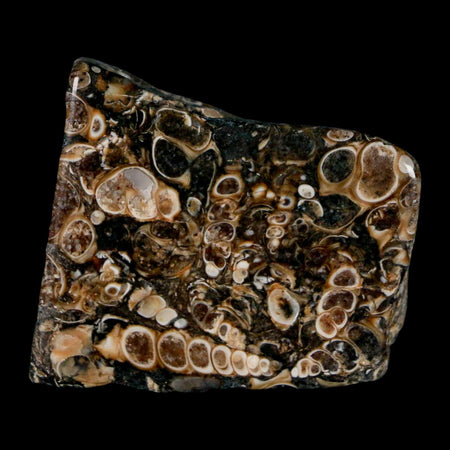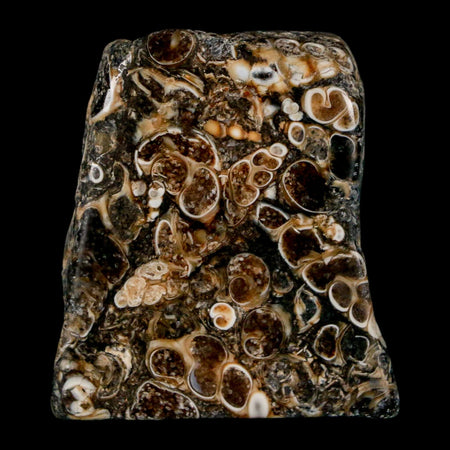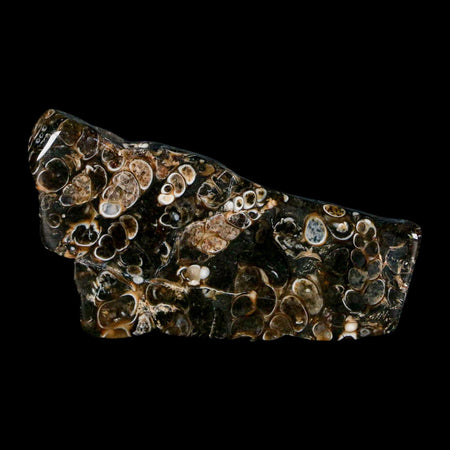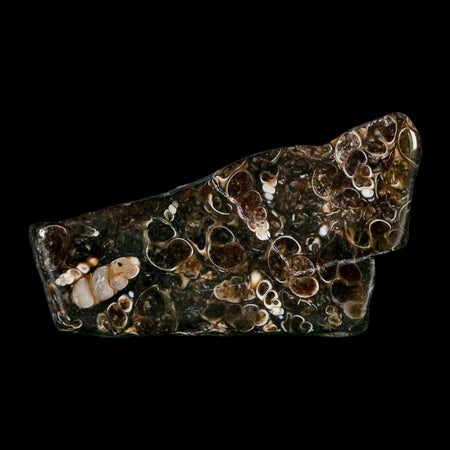Gastropod Fossil Collection
Gastropods, one of the most diverse and long-lasting classes of mollusks, have left behind a rich fossil record that offers critical insights into Earth’s climatic and ecological history. Two notable extinct species—Strombus bubonius (now more commonly referred to as Persististrombus latus) and Ecphora gardnerae—highlight the diversity and environmental significance of ancient marine snails.
Strombus Bubonius
This warm-water marine gastropod is found in raised marine terrace deposits across the Mediterranean, particularly in southeastern Spain. Its fossil presence marks significantly warmer sea temperatures than those observed today in the same regions. These shells have played a key role in reconstructing past sea levels and interglacial climate conditions.
Using uranium-series (Th/U) dating techniques, researchers have established a reliable chronology from Persististrombus latus fossils in the Almería region. Despite challenges with uranium mobility in mollusk shells, statistical approaches have strengthened confidence in the dating. The species is now known to have flourished during the end of the Mindel-Riss interglacial (Oxygen Isotope Stage 7) and reappeared during high sea-level stands in the Riss-Würm interglacial (OIS 5), making it a valuable marker for Quaternary climatic studies.
Ecphora Gardnerae
Another remarkable gastropod, Ecphora gardnerae, lived much earlier during the Miocene epoch (approximately 23 to 5 million years ago) and is now the official state fossil of Maryland. A member of the Muricidae family, this snail was a specialized predator, using its radula to bore through the shells of other mollusks to feed.
Fossils of E. gardnerae are found in Miocene marine strata along the eastern U.S. coast. The species’ taxonomic history is complex: initially misidentified as Ecphora quadricostata, it was correctly reclassified in 1987 by Druid Wilson. Subsequent work by Ward and Gilinsky further refined its classification by identifying subspecies.
Together, these two fossil gastropods—Persististrombus latus and Ecphora gardnerae—demonstrate the ecological diversity and geological significance of ancient snails. Whether signaling past interglacial seas or reflecting Miocene predatory behaviors, they remain vital clues in understanding Earth's dynamic marine history.


